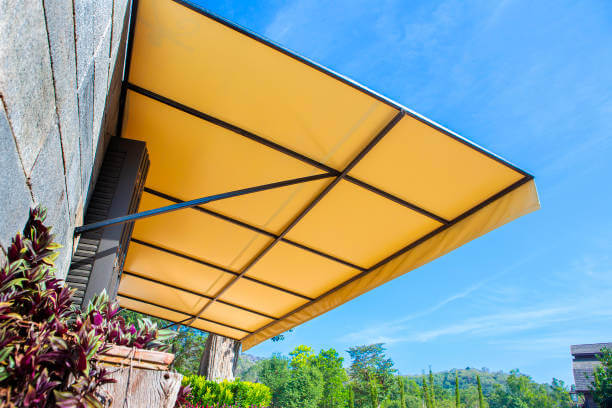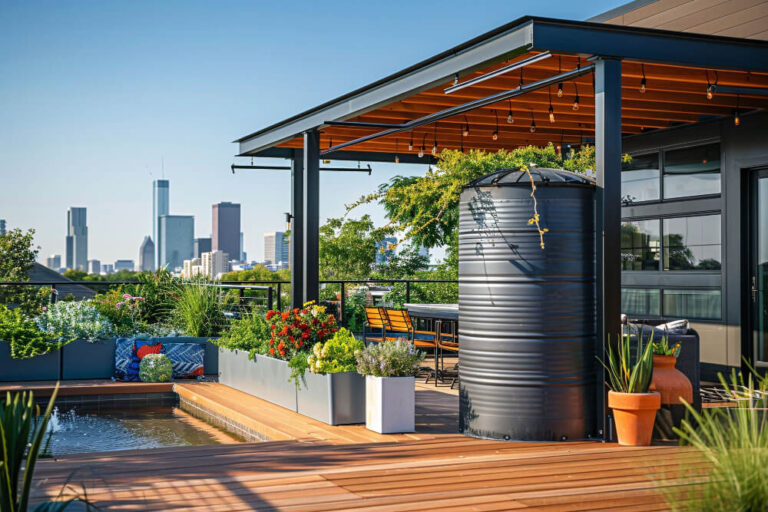Garden Pergola Installation: What You Need to Know
If you’re looking to elevate your outdoor space, a garden pergola installation might just be the perfect project to take on. Pergolas are functional and add sophisticated charm to any garden or backyard. Whether you’re after a cosy nook for reading or a shaded spot for entertaining guests, installing a garden pergola can bring your vision to life and create the perfect setting for relaxation and entertainment.
However, before diving in, a few essential things must be considered. From selecting suitable materials to understanding local regulations, this guide will walk you through everything you need about garden pergola installation.
Choosing the Right Pergola Design
The first step in any pergola project is selecting the design that suits your style and space. Pergolas are available in various shapes, sizes, and materials, so choosing the best one will depend on your preferences and the overall aesthetic of your garden.
- Traditional Pergolas: These classic designs typically feature a flat or arched roof supported by four posts. They provide excellent shade and can be decorated with vines or hanging plants for flair.
- Modern Pergolas: If you’re after a sleek, contemporary look, a modern pergola with clean lines and minimalist features might be your best bet. These often incorporate metal or vinyl materials, giving them a stylish yet low-maintenance appeal.
- Custom Pergolas: For those who want something different, a custom-built pergola can be designed to fit any space or preference. The possibilities are endless, whether a curved structure or an elaborate design.
Consider the purpose of your pergola, too. Will it be a shaded area for relaxing, or do you want to use it as a framework for climbing plants? Your intended use will impact the design and materials you choose.
Selecting the Right Materials
The options for materials are vast, but each has pros and cons. Timber, metal, and vinyl are the most common materials used in garden pergola installations.
- Timber: Timber pergolas offer a rustic, natural look that blends beautifully with gardens. Common types of wood used include cedar and pine, both known for their durability. Remember that timber requires regular maintenance, such as staining or sealing, to prevent elements.
- Metal: Metal pergolas are a fantastic choice for a modern touch. Aluminium and steel are strong and resistant to rust, making them best for long-term outdoor use. While they might not have the same warmth as timber, their sleek, industrial feel can enhance a contemporary space.
- Vinyl: If minimal maintenance is a priority, vinyl could be your best bet. Vinyl pergolas require little upkeep, are resistant to rotting and fading, and are available in various colours. However, they may not offer the same aesthetic appeal as natural materials like wood.
Before deciding on a material, consider the climate in your area, the level of maintenance you’re willing to dedicate to, and the overall look you want to achieve.
Understanding Council Regulations
Before you start your garden pergola installation, you must check with your local council to see if there are any regulations or permits you need to adhere to. Some councils asks you to submit a development application in Australia, depending on your pergola’s height, size, and location. Getting this sorted early is always best to avoid delays or fines.
Be sure to find out your area’s exact building codes and regulations. These include height restrictions, distance from property boundaries, and material guidelines. Understanding these regulations beforehand can ensure a smooth installation process without surprises.
Site Preparation and Placement
When installing your pergola, the placement is as essential as the structure. Ideally, your pergola should be placed in a spot that complements your outdoor space and provides the right shade and sunlight.
Here are some key things to consider when choosing the location:
- Sun Direction: Consider the position of the sun throughout the day. Pergolas are designed to provide shade, so placing yours in an area with too much direct sunlight is essential.
- Wind Exposure: If your area experiences strong winds, ensure your pergola is built to withstand them. This might mean opting for a sturdier material or reinforcing the structure with additional supports.
- Garden Layout: Think about how your pergola fits with the overall design of your garden. Does it enhance the existing landscape? Will it create a natural flow from one area to another?
Planning here can make all the difference in creating a cohesive and functional space.
Installing the Pergola
Now that you’ve planned everything, installing your pergola is time. While you can always hire an expert to take care of the job, a DIY approach is an option if you’re handy with tools. Here’s a brief rundown of the installation steps:
- Mark Your Area: Outline the area where your pergola will stand. Use stakes and string to label the corners. You’ll also need a post-hole digger, a level, a shovel, a saw, a drill, and a hammer for the installation process.
- Dig Post Holes: Create holes for the pergola posts using a post-hole digger. Ensure they’re deep enough to support the structure.
- Set the Posts: Place your pergola posts into the holes, ensuring they’re level. Fill the holes with concrete for stability.
- Attach Beams and Rafters: Once the posts are secure, attach the cross beams and rafters. These will form the roof of your pergola.
- Finishing Touches: Sand down any rough edges, paint or stain the timber (if using wood), and add any decorative elements.
If you’re unsure about the process or lack the tools, it might be worth consulting a professional for help with the trickier steps.
Once your pergola is installed, it’s important to take care of it to ensure its longevity and continued beauty. Regular cleaning, inspection for damage, and applying protective coatings are some of the maintenance tasks you’ll need to perform. A garden pergola installation can be a rewarding project that transforms your backyard into a beautiful, functional space. By carefully choosing the right design, materials, and location, you’ll create a structure that enhances your garden’s aesthetic and provides a perfect spot for relaxation and entertainment. Don’t forget to check local regulations and consider enlisting professional help. The sense of accomplishment from completing this project will leave you feeling proud and satisfied.
Ready to start your pergola project? Remember that you’re not alone if you’re looking for expert advice or a helping hand. Contact a local pergola installer today for the support you need to bring your dream outdoor space to life. Your perfect pergola is just a few steps away.




